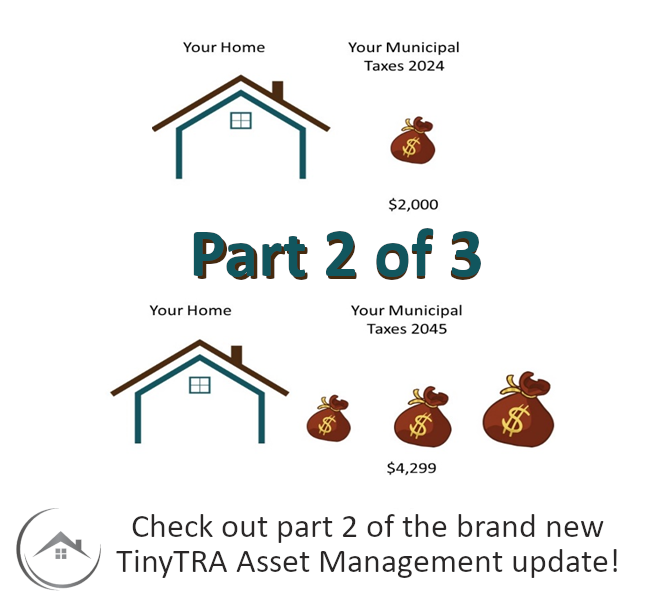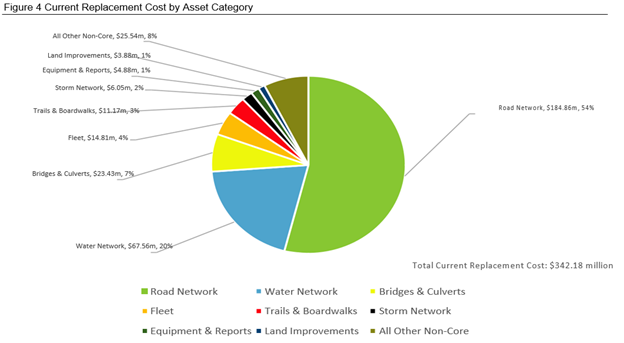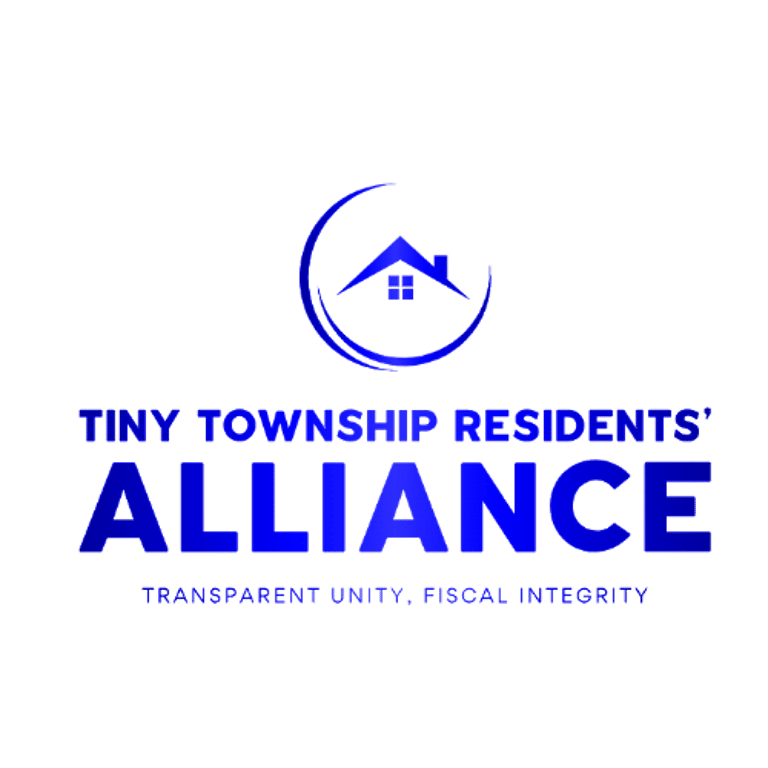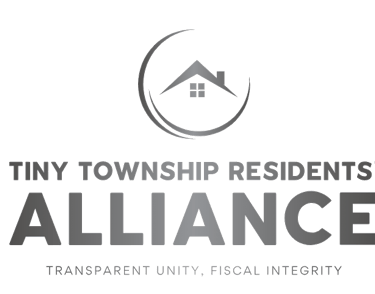The Township of Tiny | Asset Management Plan Analysis: Part2
The second part of the diligently researched report on the Tiny Township Asset Management Plan (AMP), written by a committee comprised of four Tiny residents using official figures from the township and province. The findings? Shocking. The report is intensive, and we'll be releasing the findings in three parts rather than a single overwhelming document and is designed to clarify how the AMP affects you, and how together, we can help shape a sustainable and affordable for Tiny.
TinyTRA Asset Management Committee
9/20/20243 min read


II. Financial Analysis of the AMP
The AMP has a number of limitations and constraints based on the quality of data available at the time of publication and the assumptions that were required to derive the report findings. The analysis that follows is based on a review of the document presented to Council in June 2024.
General Background
Based on Census 2021, the Township of Tiny’s current population is 12,966 permanent residents, a growth of 10% from the 2016 Census period. Based on County of Simcoe forecasts, the Township is expected to grow to 14,149 permanent residents by 2031. (9.1% growth over 10 years, or less than 1% per year). During summer months, Tiny’s population more than doubles to 27,000, causing seasonal but substantial added strain on infrastructure.
Core assets addressed in this AMP include the Township’s Road Network, Bridges & Culverts, Storm Network, and Water Network. Non-core asset categories include Fleet, Land Improvements, Equipment & Reporting, Trails & Boardwalks, and Other Non-Core (including buildings). The total replacement cost of all assets is estimated to be $342.18M broken down in the chart below.


Asset Condition Assessments
The assets in each category were further broken down into five condition states, very good, good, fair, poor, and very poor. More reliable in-field condition assessment data was available for 60% of the Township’s assets. For all remaining asset categories, only age was used to estimate condition. Age can often understate an asset’s condition, resulting in inferior assigned condition ratings that may be misleading. Based on these facts, the AMP found 38% of assets ($133M) had a poor or very poor rating.
Similarly, age analysis also shows that nearly 50% of the Township’s water infrastructure and 30% of storm assets are in poor to very poor condition. As noted previously, age data alone can dramatically understate the condition of assets, particularly underground assets such as water and storm mains. It is expected and presumed that the actual physical condition of these assets is much higher than estimated by age, and they can continue to perform their intended function safely and effectively.
Using historic data and condition assessments where available, estimated useful life remaining was determined for each asset in each category. The annual capital requirement for each asset was then determined by taking the replacement cost of each asset and dividing that figure by remaining useful life. Using this methodology, $11.6 million is required on average each year to remain current with capital rehabilitation and/or replacement needs for the Township’s asset portfolio. It should be noted that this average estimate does not include inflation, service level improvements, or changes to the asset portfolio. Any replacements are reflected on a like for-like basis.
Financial Proposal for Infrastructure Deficit (Property Tax Funded)
Over the past four years, on average, property taxation funded 28% of the Township’s total capital projects. Grant funding accounted for 24%, and discretionary reserves funded 34% (reserves not funded by user fees). The AMP stated that only property taxation is a reliable source of revenue and was used to fully fund any infrastructure deficit in the financial projections. Although the infrastructure deficit based on average actual funding for the last five years was $5.9M, by relying solely on property tax funding, the deficit ballooned to $7.5M.
Using the 2023 property tax base of $15.7M, it was determined that a one-time property tax increase to immediately eliminate the infrastructure deficit would be 47.8%. That would be harsh on taxpayers who have already faced almost a 20% increase in property tax rates over the last two years, so a phase in approach was suggested. The AMP recommended a 2.39% fixed increase be added to the budget each year for the next 20 years. That would mean adding an additional $375k to the budget each year for 20 years, (i.e. $375k in year 1, $750k in year 2, by year 20, the budget would reflect the full $7.5M requirement for full funding).
Financial Proposal for Water System Infrastructure Deficit (Rate Funded)
The water system is funded by user fees rather than property taxes as many of the Township residents are not on the water system. A similar need for additional funding is required to maintain those systems. The AMP recommended a 2.07% increase each year to the water usage fees for 10 years to meet the funding needs. This cost would be on top of any property tax increases mentioned in the previous section as well as any increase required to deal with inflation related to operations and costs resulting from the proposed new administrative centre.


